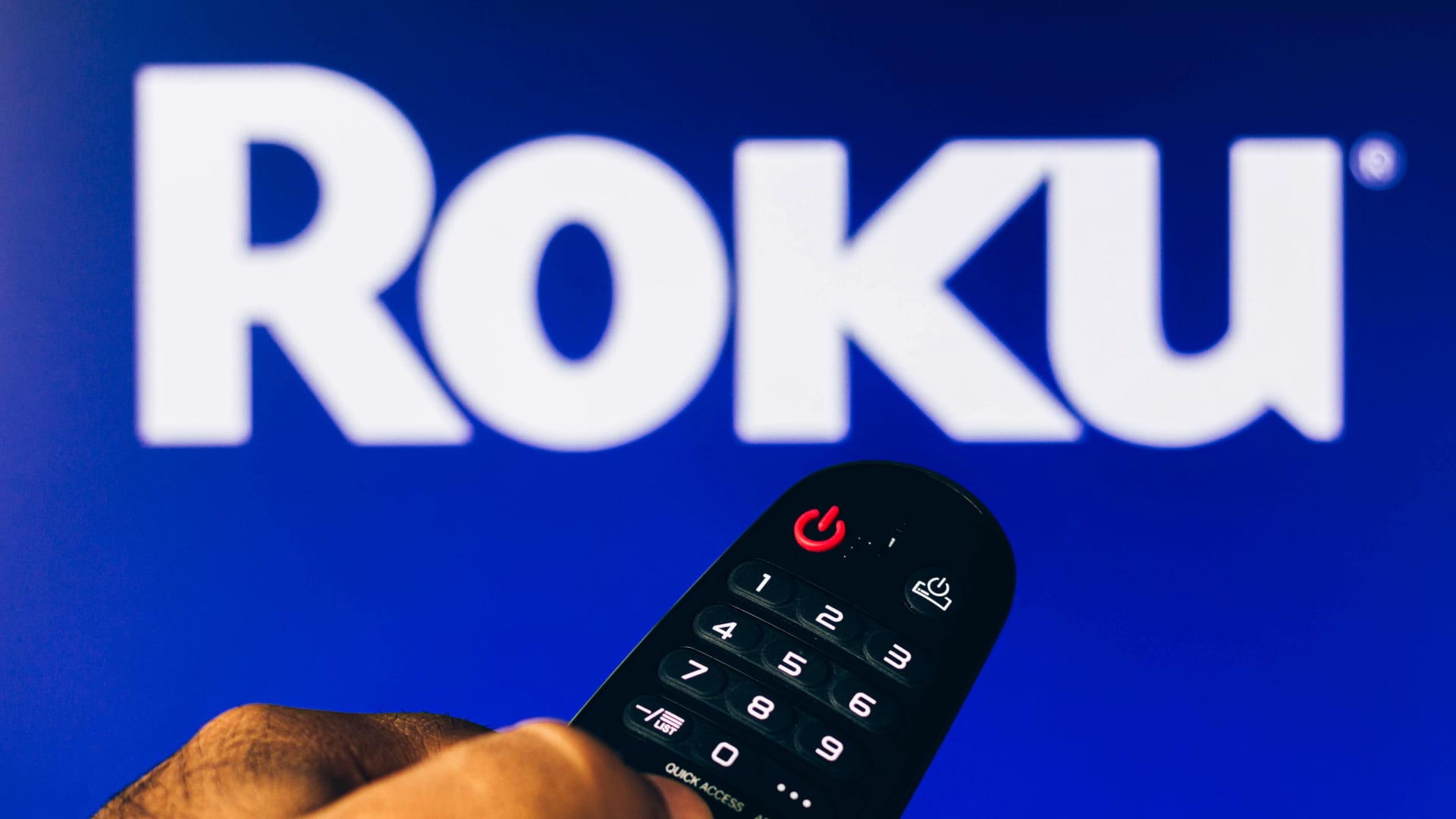[ad_1]
Shares of Roku closed down 23% on Friday, a day after the company reported second-quarter earnings that missed both top and bottom-line estimates.
The company posted earning losses of 82 cents per share and revenues of $764 million, both below consensus estimates, as ad and device sales remain under pressure. Roku also issued a third-quarter forecast that’s $200 million below expectation and said it is withdrawing its full-year growth estimate.
Roku attributed the loss to tough macroeconomic conditions such as inflation and supply chain that could hurt the selling of Roku TV and other devices. It also warned that the pressure from the downturn in the advertising market might continue.
“We believe this pullback mirrors the start of the pandemic in 2020, when marketers prepared for macro uncertainties by quickly reducing ad spend across all platforms,” Roku said in a letter to shareholders.
Susquehanna downgraded Roku shares Friday to neutral and slashed its price target to $70 from $200.
In this photo illustration, a hand holding a TV remote control points to a screen that displays the Roku logo.
Rafael Henrique | Lightrocket | Getty Images
“We continue to view CTV as the next leg of growth in digital advertising and still believe ROKU is one of the best-positioned companies to capture the CTV opportunity in the long run,” analyst Shyam Patil wrote. “However, macro headwinds such as rising inflation and supply chain disruptions are having a severe impact on the business – both on the advertising side and the engagement side through lower consumer discretionary spending.”
Other tech companies that rely a lot on advertising business also posted poor second-quarter results recently. For example, Snap and Twitter both posted poor earnings, while Meta attributed its weak financial results to macroeconomic conditions and a “weak advertising demand environment.”
Roku has lost more than 62% of its value this year.
[ad_2]
Image and article originally from www.cnbc.com. Read the original article here.

